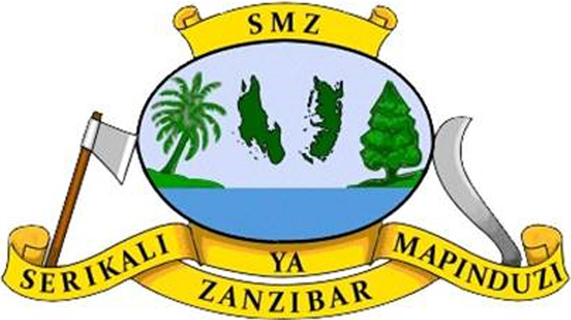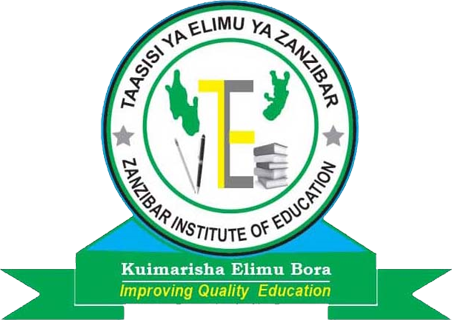Meiosis is a process where germ cells divide to produce gametes, such as sperm and egg cells. In prophase I of meiosis, chromosomes condense and homologous recombination takes place, leading to genetic variation through chromosomal crossover. This forms a tetrad, which is made up of four chromatids (two sister chromatids per chromosome).
We can analyse the arrows in a food web to identify producers, primary consumers, secondary consumers, and decomposers.
We can analyse the arrows in a food web to identify producers, primary consumers, secondary consumers, and decomposers.
Food webs are models that demonstrate how matter and energy is transferred between producers, consumers, and decomposers as the three groups interact within an ecosystem. Transfers of matter into and out of the physical environment occur at every level. Decomposers recycle nutrients from dead plant or animal matter back to the soil in terrestrial environments or to the water in aquatic environments. The atoms that make up the organisms in an ecosystem are cycled repeatedly between the living and nonliving parts of the ecosystem.
Plant cells have a cell wall in addition to a cell membrane, whereas animal cells have only a cell membrane. Plants use cell walls to provide structure to the plant. Plant cells contain organelles called chloroplasts, while animal cells do not. Chloroplasts allow plants to make the food they need to live using photosynthesis.
All living things are made up of cells, which is the smallest unit that can be said to be alive. An organism may consist of one single cell (unicellular) or many different numbers and types of cells (multicellular).
Mitosis is how cells divide! Learn what happens in all the phases of mitosis: prophase, metaphase, anaphase, and telophase.
Binary fission, budding, mitosis, fragmentation, parthenogenesis and sexual reproduction.
Cellular respiration is the process by which cells derive energy from glucose. The chemical reaction for cellular respiration involves glucose and oxygen as inputs, and produces carbon dioxide, water, and energy (ATP) as outputs. There are three stages to cellular respiration: glycolysis, the Krebs cycle, and the electron transport chain.
Breaking down photosynthesis into light dependent reactions and Calvin cycle..


